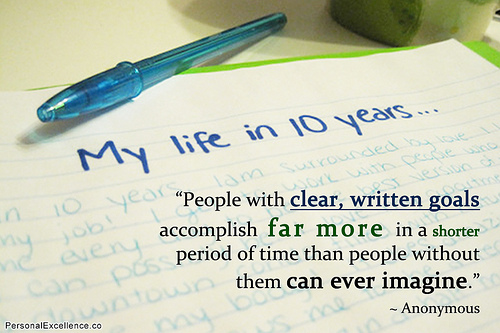“There is a world of communication which is not dependent on words.”
– Mary Martin, American actress
 Image from Flickr by sneetchbeach
Image from Flickr by sneetchbeach
My wife Wendy is a master at reading my non-verbal communication. She has a sixth sense that has the uncanny ability to transcribe my inner voice when I come back with the phrase, “I didn’t say anything.”
Consider the following non-verbal cues that are exhibited by all of us and that can have a significant impact on our most important personal and professional relationships:
1. Good eye contact communicates your level of involvement, interest and warmth.
2. Facial expressions can convey many emotions, including anger, contempt, disgust, happiness, sadness, fear and surprise. What messages have you been sending today?
3. Body orientation can demonstrate attentiveness and openness by leaning in, or disinterest or disrespect by angling away or by crossing your arms or legs.
Exercise:
Ask your family members and colleagues who are close to you for their genuine feedback on your non-verbal communication.
Learning to “listen with your eyes” to non-verbal cues can also help you improve your relationships with others by telling you when they have a question, want to say something, agree or disagree, or are perhaps having an emotional response that may need exploration.
A resource that I have on my bookshelf is Emotions Revealed (www.amazon.com/Emotions-Revealed-Recognizing-Communication-Emotional/dp/080507516X) by Paul Ekmen, which Malcolm Gladwell, author of Blink and The Tipping Point, praises as “a tour de force.”








